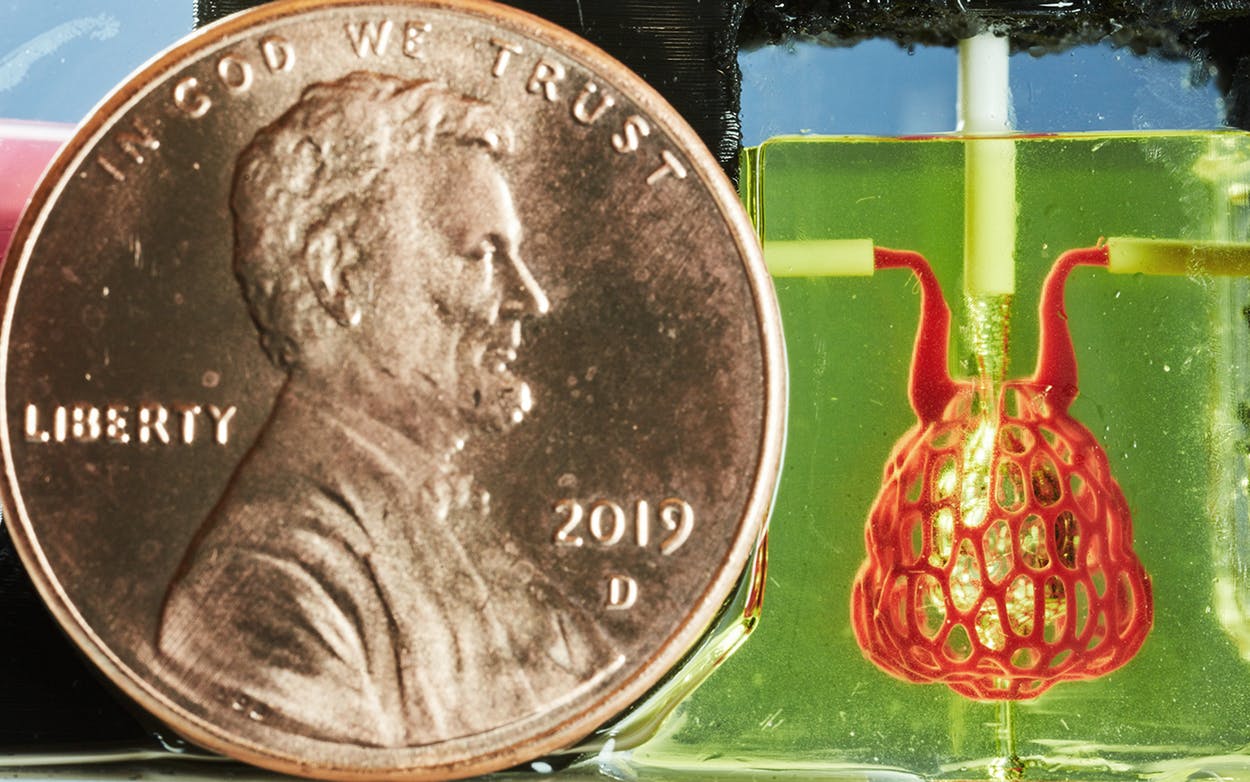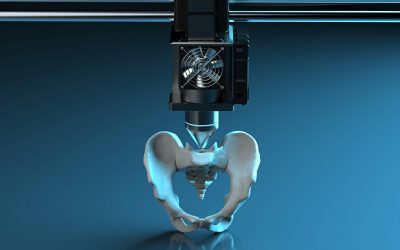Sitting in his Rice University lab back in 2013, assistant professor Jordan Miller was trying to 3-D print part of a human organ when he identified his solution as yellow. Unfortunately, yellow was also his obstacle.
.
While this sounds like the plot of a children’s picture book, color is an issue the bioengineer had regularly considered in his work using a light-based 3-D printer. A special liquid tinted with yellow would turn into a solid gel when a blue light shone on it, creating a two-dimensional layer in about ten seconds— zap.
.
A machine could print and stack these two-dimensional scans, forming a three-dimensional structure. And a breakthrough in 3-D printed organs was at stake. The question was: which yellow supplement was […]
Click here to view original web page at www.texasmonthly.com





0 Comments